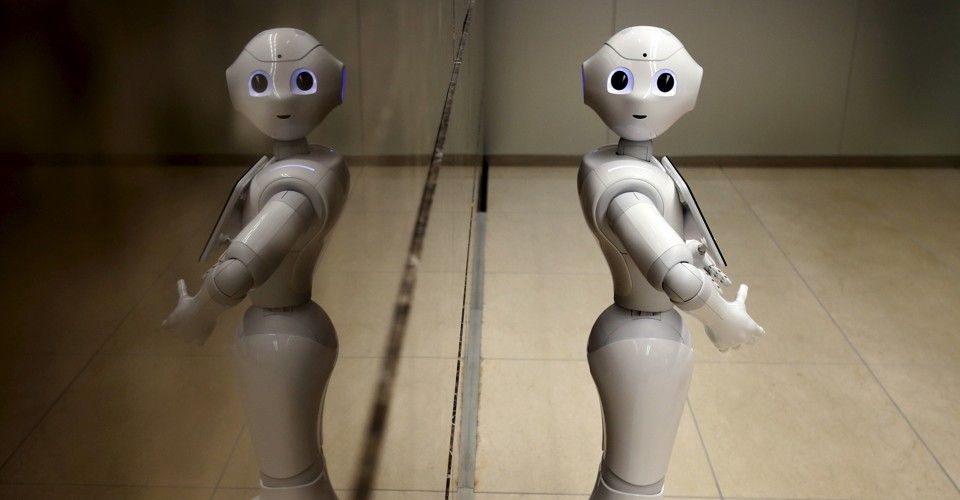More broadly, there’s a paradox in all this, that reflects the overarching direction of contemporary robotics. As machines become more and more general-purpose, they’re also going to become much better at tailoring their behavior to different kinds of people—and even eventually to different individuals. Already, SoftBank’s Pepper robot, a humanoid designed to interactive with people, is billed as the first machine able to read human emotions. For people to accept robots as they increasingly work their way into various areas of our lives, robots will have to develop fairly sophisticated understanding of individual human needs.
“If an assistive robot tries to help you, how much help you want really depends on your personality and the situation,” Dragan says. That’s also why robots are in some cases changing form—some of the machines designed to care for humans, for example, will have soft, cuddly bodies rather than just hard metal exoskeletons.
“We’re going to have more and more capable robots,” Dragan told me. Which means when machines interact with people, we’ll be able to customize them depending on who’s around; or if humans are around at all.




